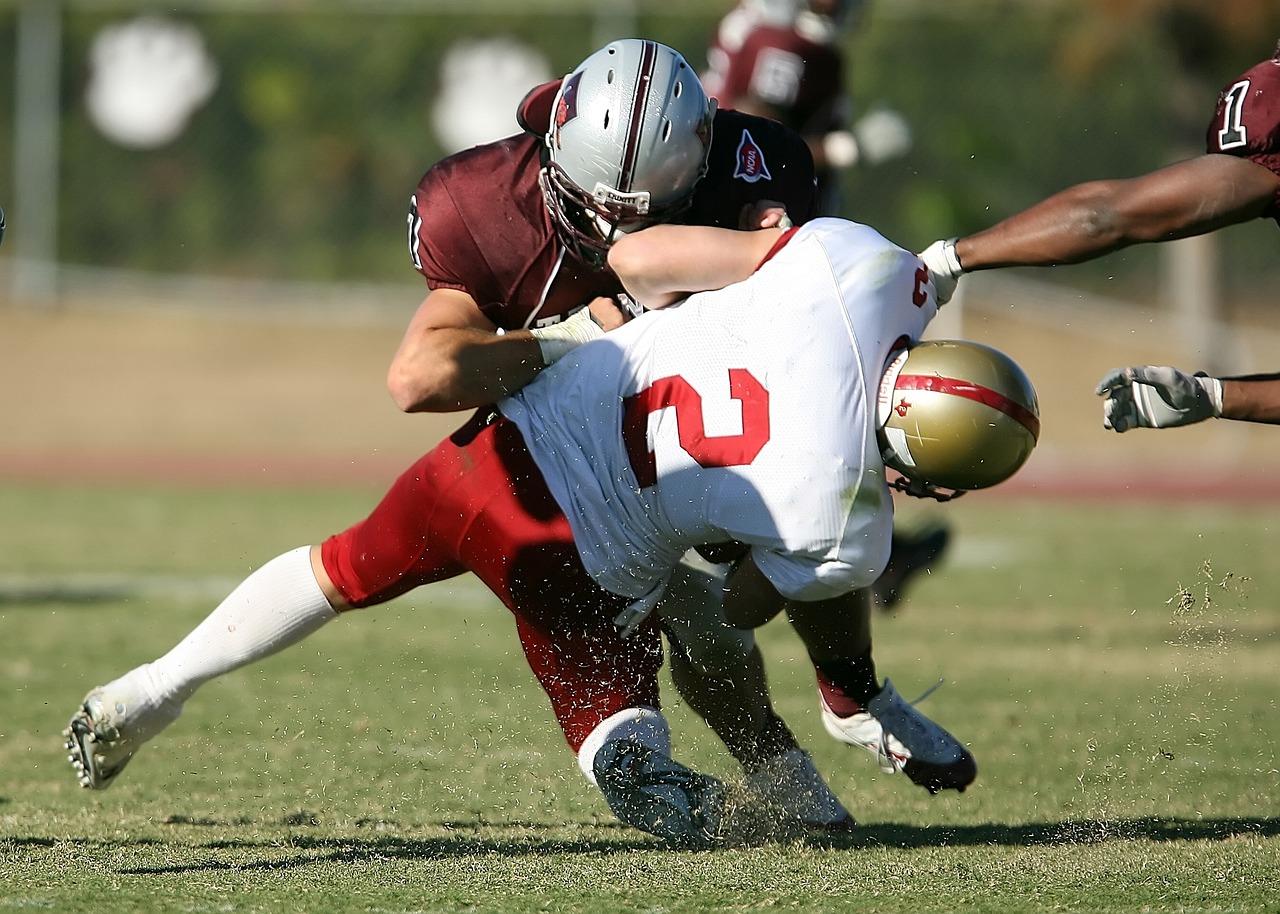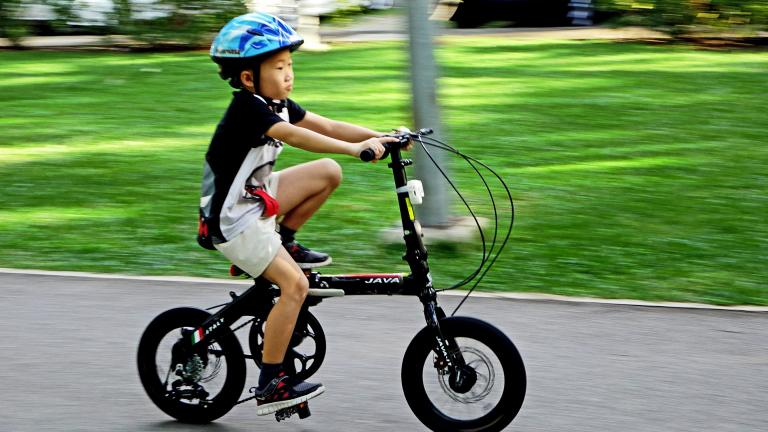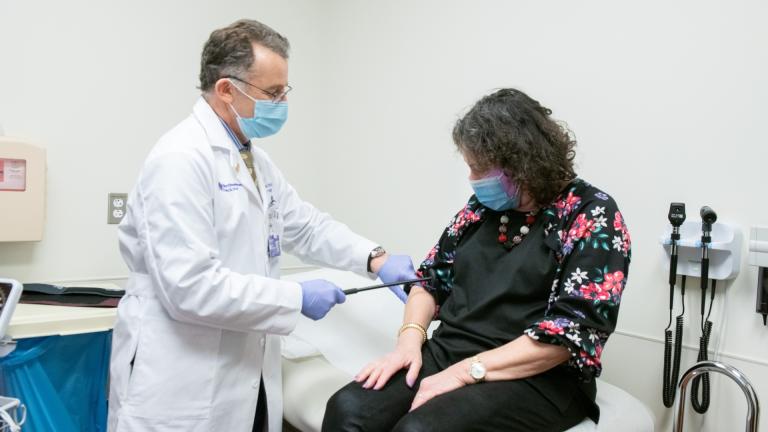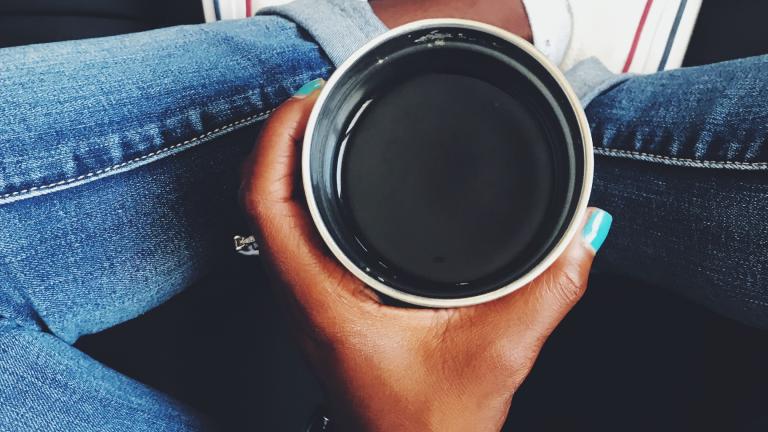 “There have been some high-profile folks who have gotten that and done some amazing things even after an ACL reconstruction,” said Dr. Wellington K. Hsu, orthopaedic spine surgeon at Northwestern Medicine. “But our data suggests we shouldn’t use these one-season sensations or these remarkable athletes ... as a gauge for other athletes that have the same injury.” (Pixabay)
“There have been some high-profile folks who have gotten that and done some amazing things even after an ACL reconstruction,” said Dr. Wellington K. Hsu, orthopaedic spine surgeon at Northwestern Medicine. “But our data suggests we shouldn’t use these one-season sensations or these remarkable athletes ... as a gauge for other athletes that have the same injury.” (Pixabay)
The Chicago Bears will kick off the season on Sunday in Texas, but they’ll do so with several players sidelined by injuries, including outside linebacker Pernell McPhee and center Hroniss Grasu.
McPhee, who had knee surgery during the offseason, was placed on the team’s reserve/physically-unable-to-perform list, which means he’ll miss at least the first six weeks of the season. Grasu tore his ACL in early August and is reported to be out for the season.
Despite water-cooler speculation and even comments by sportscasters, McPhee and Grasu’s injuries don’t necessarily mark the end of their careers, according to a new study.
Avid sports fan Dr. Wellington K. Hsu, an orthopaedic spine surgeon at Northwestern Medicine, said he’s frequently heard sportscasters make “very bold comments” about injured players’ futures, including “the players are never the same again or their career is done after this injury.”
Those comments, he said, are certainly not “supported by the literature and were only made based upon the outcomes of one or two people.” In short, you can’t base an athlete’s future performance on another player’s recovery from injury, he said.
In 2009, Hsu began researching how spinal injuries affected athletes’ ability to return to play, as well as the players’ subsequent performance and career length. The results of his various studies showed that the players exceeded speculation by sportscasters, he said.
![]()
“All injuries are career threatening and all injuries could lead to retirement.”
–Dr. Wellington K. Hsu
For this latest study, Hsu worked with a number of collaborators—many of whom treat Chicago athletes—to analyze 10 common orthopedic surgeries NFL players receive for injuries. Researchers analyzed the return-to-play rate (defined as “returning to the active roster for at least one regular season NFL game”), post-surgery performance and career length of more than 550 athletes from 2003-2013.
Researchers focused on these metrics following conversations they had with athletes. “They want to know, first: What is my chance to return to the field to play after a particular surgery,” Hsu said. “And that makes sense: All injuries are career threatening and all injuries could lead to retirement.”
Athletes also wanted to know how they’d perform post-surgery, Hsu said. The resulting study looked at how athletes performed one year after a particular surgery and then again two to three years later.
“We hypothesized that many of these injuries would set back a player temporarily, but as they got on the field and sort of got their bodies back to where they should be that eventually they got back to a performance level that was pre-injury,” Hsu said. “We saw that for a number of these different injuries.”
As for the impact on an athlete’s career length, “that could be affected by a number of different things,” Hsu said, including a player’s age, their experience before the injury, their contract and past injuries.
Overall, nearly 80 percent of the athletes analyzed returned to play after having surgery. But there were variances based on the type of injury and surgery a player had. Certain types of injuries “stuck out” to Hsu as leading to better and worse outcomes.
For example, athletes who had surgeries to repair bone fractures or sports hernias fared well, with more than 90 percent returning to play. These players “had a much better outcome [and] don’t need to expect any significant decline because of that,” Hsu said.
 “The ultimate goal is to really determine the types of injuries that different athletes get depending on their sport and what expectations should be afterward,” Hsu said. (Pixabay)
“The ultimate goal is to really determine the types of injuries that different athletes get depending on their sport and what expectations should be afterward,” Hsu said. (Pixabay)
Athletes who had knee surgeries such as ACL reconstruction or patellar tendon repair experienced the most significant decline in performance. “Patellar tendon injuries in particular did the worst of all of these injuries in terms of return-to-play rate and their sort of long-term outcomes,” Hsu said. The return-to-play rate for these athletes was 50 percent—significantly lower than all of the other surgeries analyzed.
While Hsu said that isn’t “earth-shattering news” from the perspective of a medical professional who treats such injuries, he believes it’s important “to be able to define the exact decline (athletes) can expect from this injury.”
Hsu said it was noteworthy that ACL reconstruction was found to be one of the more detrimental injuries because “there have been some high-profile folks who have gotten that and done some amazing things even after an ACL reconstruction.
“But our data suggests we shouldn’t use these one-season sensations or these remarkable athletes ... as a gauge for other athletes that have the same injury,” he added. “Our study was able to show that if you look at all players (who had ACL reconstruction) over a 10-year period of time you should expect a decline in performance, especially the first year after surgery.”
Hsu also stressed the importance of looking at athletes’ injuries in the context of the sports they play. “What we have established is that an injury in one particular athlete in one particular sport does not necessarily apply to someone else in a different sport because there are different demands on the joints,” he said.
“The ultimate goal is to really determine the types of injuries that different athletes get depending on their sport and what expectations should be afterward,” he added. By doing this it could help guide interventions to “help prevent some of these injuries in the future.”
Follow Kristen Thometz on Twitter: @kristenthometz
Related stories:
 Study: Childhood Concussions Can Have Profound Long-Term Impacts
Study: Childhood Concussions Can Have Profound Long-Term Impacts
Aug. 29: A new study finds that just one childhood concussion can have profound long-term impacts on health and educational attainment. That story and more from the world of science.
 Lovie Smith Named University of Illinois Football Coach
Lovie Smith Named University of Illinois Football Coach
March 7: A familiar face comes back to Illinois to coach the Fighting Illini. We have reaction from former Bears Coach Lovie Smith on his new gig.
 Chicago Bears: A 'Decade-by-Decade History' Book
Chicago Bears: A 'Decade-by-Decade History' Book
Sept. 10, 2015: After spending months combing through nearly 100 years of archival photographs and newspaper articles, the Chicago Tribune is releasing a comprehensive look at the Windy City's football team.








